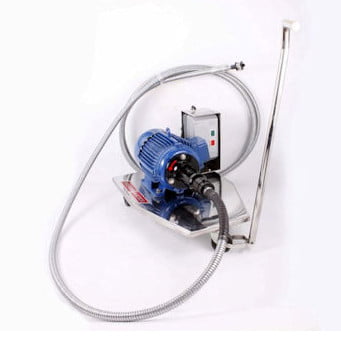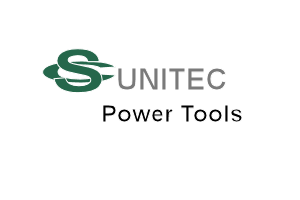Boiler Tube Cleaning Tools
Using Boiler Tube Cleaning Tools restores the ability of boilers to efficiently perform their function and has a direct impact on the overall efficiency of power plants. Also, maintaining a tube cleaning schedule following complete inspections of boilers ensures lasting performance.
PTC-60 120 V or 220 V
Sub menu Cleaning Tools


Boiler Tube Cleaning Tools Equals Efficiency.
Eventually, fouling is an inherent problem that will result in reductions in heat transfer and consequently an increase in boiler running costs. This requires an ongoing and annual boiler cleaning and maintenance protocol using boiler tube cleaning tools.
While the fouling of boilers can result from a variety of mechanisms, it is usually one that predominates and increases over time. Each time the tube deposits, sedimentation, biofouling and obstructions are removed, the tube surfaces are returned to an almost bare metal state. This restarts the lifecycle of the boiler as the protective oxides will quickly rebuild themselves to create a passive cleaned tube.
Boiler cleaning as well as all boiler maintenance procedures must be performed while the unit is offline. The predominant method of cleaning is via mechanical means using boiler tube cleaning tools. Great care must be taken to avoid damaging any tube sheet or tube coatings which may be present. If not performed properly by an experienced operator, it may lead to tube leaks or corrosion that is undetectable until the unit is brought back online.
Selecting the right Cleaning Tool
For offline mechanical cleaning, the tool selected must be the most appropriate for removing a particular type of deposit. Wound plastic brushes can be used to remove light soot deposits as well as some types of harder deposits.
Difficult deposits often require the use of electric-driven devices that utilize brushes or blades to bore into and remove the deposits as they push through each tube.
These metal cleaners have various designs that are meant to tackle a particular type of deposit. Most metal cleaners are designed to have a controlled spring-loaded cutting edge with design parameters to match the dimensions of the tube’s internal diameter. Hard calcite deposit tools have also been developed by several manufacturers.
This process is followed by an inspection of the tubes and tube sheets. Also, it is beneficial to carry out a vacuum check of all tubes to confirm their integrity.


